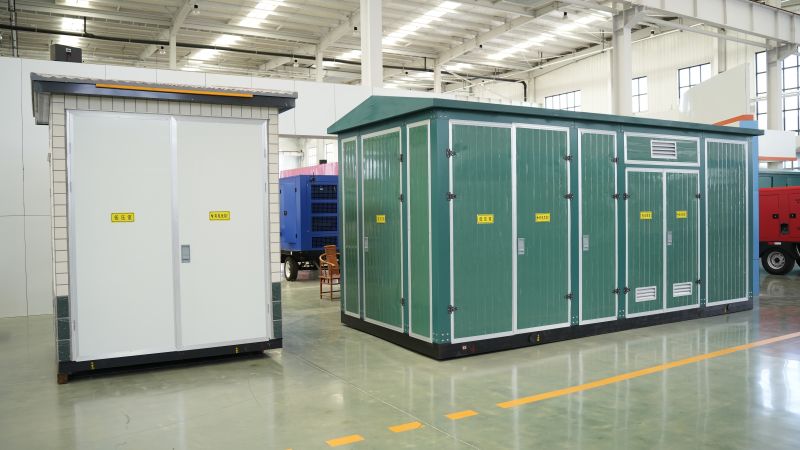A prefabricated substation (commonly abbreviated as "containerized substation") is a compact substation that integrates transformers, switchgear, protection devices, and control devices. It features small size, minimal land occupation, easy installation, reliable operation, and simple maintenance, making it a new type of power transformation equipment suitable for urban distribution networks.
Compared with conventional substations, prefabricated substations have the following advantages:
They adopt a fully sealed structure, which is dust-proof and moisture-proof. This allows them to adapt to various harsh environmental conditions, such as high temperature, high humidity, salt spray, and sand dust, ensuring the safe operation of the substation.
They use a modular design and can be flexibly combined according to user needs. This enables configurations of different capacities and functions to meet the requirements of different scenarios, such as industrial parks, commercial centers, and residential communities.

They have excellent sound insulation performance, which can effectively reduce noise pollution and improve the quality of life for surrounding residents.
They feature a high level of automation, supporting remote monitoring and control. This reduces manual intervention and enhances operational efficiency and reliability.
They have lower investment and operating costs. They save land resources and construction expenses, reduce line losses and maintenance costs, and improve economic benefits.




 En
En






